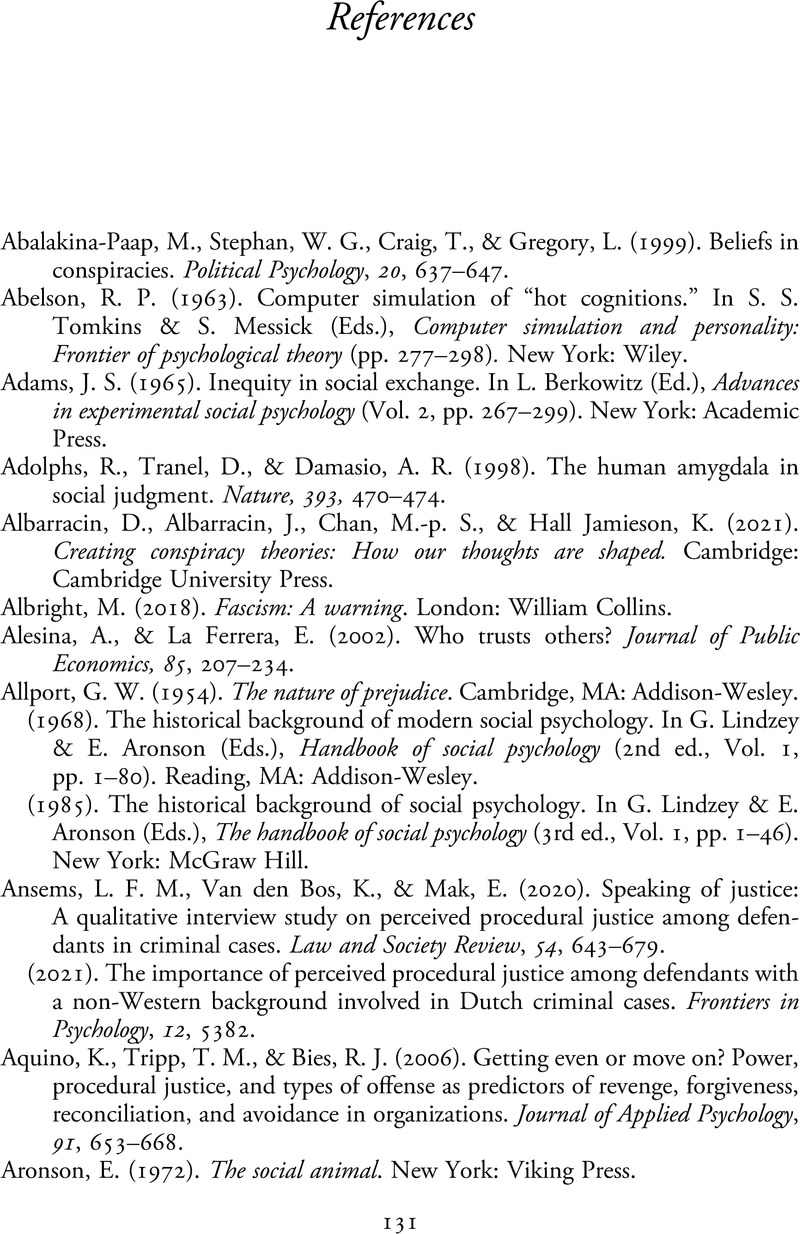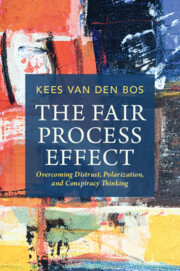Book contents
References
Published online by Cambridge University Press: 26 October 2023
Summary

- Type
- Chapter
- Information
- The Fair Process EffectOvercoming Distrust, Polarization, and Conspiracy Thinking, pp. 131 - 158Publisher: Cambridge University PressPrint publication year: 2023



